Home>Furniture>Outdoor Furniture>How Much For A Stamped Concrete Patio
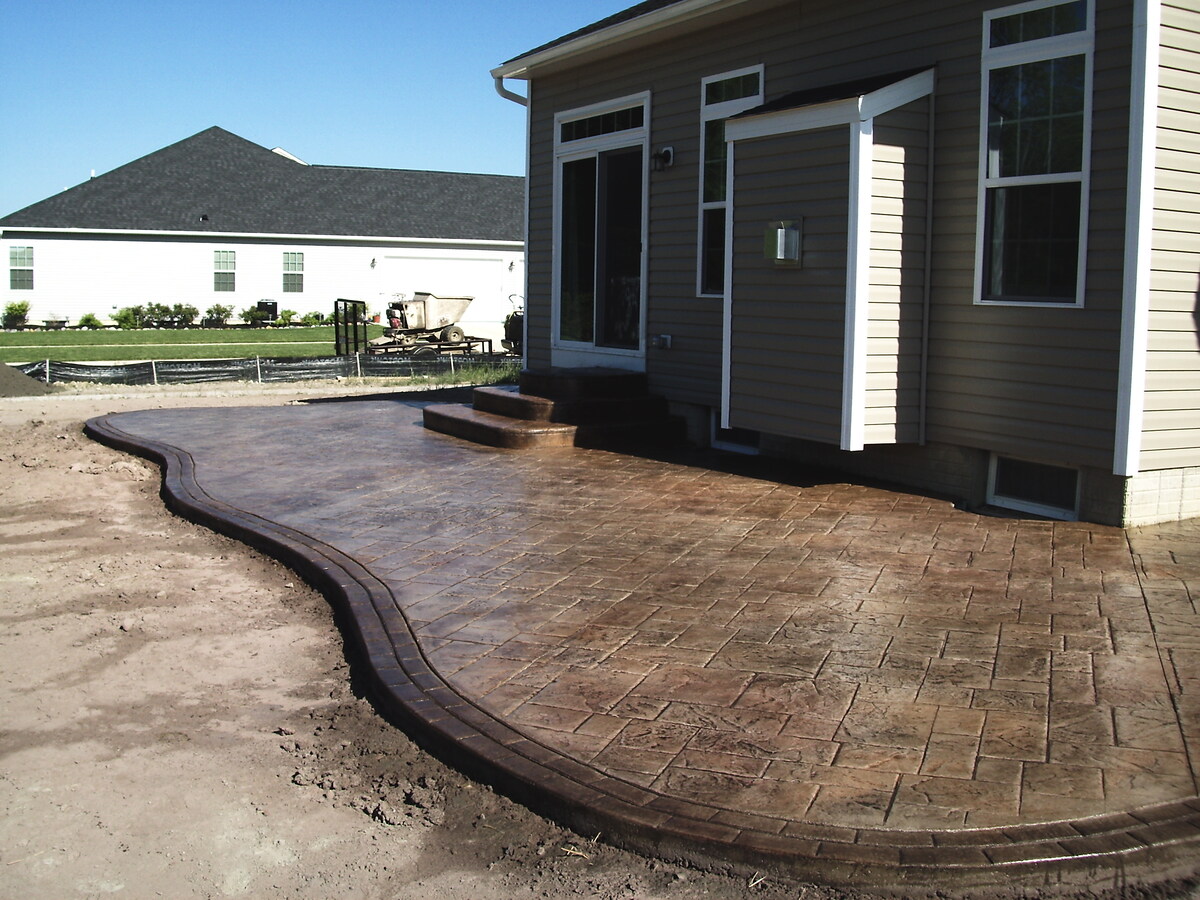

Outdoor Furniture
How Much For A Stamped Concrete Patio
Modified: March 7, 2024
Discover the cost of a stunning stamped concrete patio for your outdoor space. Enhance your outdoor furniture with an affordable and durable solution.
(Many of the links in this article redirect to a specific reviewed product. Your purchase of these products through affiliate links helps to generate commission for Storables.com, at no extra cost. Learn more)
Introduction
When it comes to creating a functional and visually appealing outdoor space, a stamped concrete patio is an excellent choice. Not only does a stamped concrete patio offer durability and versatility, but it also adds charm and character to your home’s exterior. Whether you’re looking to create a cozy seating area or a perfect backdrop for entertaining guests, a stamped concrete patio can transform your outdoor space into a stylish retreat.
Before diving into the details of cost and installation, it’s important to understand what exactly a stamped concrete patio is. Stamped concrete refers to the process of adding texture and pattern to freshly poured concrete. This is achieved by using specialized tools and molds that create the appearance of materials such as brick, stone, or even wood. The result is a stunning, custom-designed patio that mimics the look of expensive natural materials, but at a fraction of the cost.
Moreover, a stamped concrete patio offers a range of benefits that make it a popular choice among homeowners. Firstly, the versatility of stamped concrete allows for endless design possibilities. Whether you prefer a classic cobblestone pattern, a rustic flagstone look, or a contemporary geometric design, there is a stamp pattern to suit every style and preference.
Additionally, a stamped concrete patio is extremely durable and long-lasting. Unlike traditional pavers or wooden decks, stamped concrete is resistant to the elements and can withstand heavy foot traffic, making it an ideal choice for outdoor gatherings and parties.
Furthermore, a stamped concrete patio is relatively low maintenance. Unlike wood, which requires regular sealing and staining, or pavers, which may need to be reset over time, stamped concrete only requires occasional cleaning and resealing to maintain its vibrant appearance.
Now that you understand the basics of a stamped concrete patio and its benefits, let’s delve into the factors that can affect the cost of installation.
Key Takeaways:
- Stamped concrete patios offer a cost-effective way to create a durable and visually appealing outdoor space, mimicking the look of natural materials at a fraction of the cost. Proper maintenance can ensure longevity and beauty for years to come.
- Hiring a professional contractor is crucial for a successful stamped concrete patio installation. Consider factors such as experience, licensing, and transparent communication to ensure a high-quality and long-lasting outdoor retreat.
Read more: How To Stamp A Concrete Patio
Factors Affecting the Cost of a Stamped Concrete Patio
When planning to install a stamped concrete patio, it’s essential to consider several factors that can influence the overall cost of the project. Understanding these factors can help you make informed decisions and budget accordingly. Here are the key factors that can affect the cost of a stamped concrete patio:
- Size of the Patio: The size of the patio is a significant factor in determining the cost. Generally, larger patios require more materials and labor, resulting in higher costs. Additionally, intricate designs or custom patterns can also impact the overall price.
- Complexity of Design: The complexity of the design and the intricacy of the stamp pattern can affect the cost. Basic patterns, such as simple textures or cobblestone imprints, are typically more affordable compared to elaborate designs that mimic natural stone or wood grains.
- Materials and Colors: The choice of materials and colors can impact the cost of a stamped concrete patio. Opting for high-quality materials and a wide array of colors can add to the overall expense. Keep in mind that premium materials and custom color blends may come at a higher price point.
- Site Preparation: The condition of the site where the patio will be installed plays a role in the cost. If extensive site preparation, such as excavation or demolition, is required, it will increase the overall project cost. Additionally, if the patio needs to be built on uneven or sloped terrain, additional grading or leveling work may be necessary, adding to the expense.
- Additional Features: Adding features like steps, curbs, or decorative borders to the stamped concrete patio can also increase the cost. These additional elements require additional materials and labor, impacting the overall price.
- Location: The location of the installation can affect the cost due to variations in labor and material prices. Urban areas or regions with a higher cost of living may have higher installation costs compared to suburban or rural areas.
It’s essential to discuss these factors with a professional contractor to get an accurate cost estimate for your specific project. By considering these factors and determining your budget, you can ensure a successful and cost-effective installation of your stamped concrete patio.
Materials Needed for a Stamped Concrete Patio
Creating a stunning stamped concrete patio involves using a combination of materials to achieve the desired texture, pattern, and color. Here are the key materials needed for a stamped concrete patio:
- Concrete Mix: A high-quality concrete mix is the foundation of a stamped concrete patio. It is crucial to choose a mix that is specifically designed for decorative purposes. The concrete mix should have optimal workability, strength, and durability to withstand the stamping process and outdoor conditions.
- Release Agent: A release agent is a powder or liquid that is applied to the concrete surface before stamping. It prevents the stamps from sticking to the concrete and helps create clean, crisp impressions. Release agents come in various colors to enhance the overall appearance of the stamped concrete patio.
- Stamping Tools: Stamping tools, also known as texture mats or stamps, are the essential tools used to create the desired pattern on the concrete surface. They are typically made of high-quality polyurethane or rubber and come in various shapes, sizes, and designs. Stamping tools can resemble materials like brick, stone, slate, or wood.
- Color Hardeners: Color hardeners are pigmented powders that are applied to the surface of the concrete after stamping. They enhance the color and provide additional durability to the patio. Color hardeners come in a wide range of shades to match different design preferences.
- Integral Colors: Integral colors are mixed directly into the concrete mix. They provide consistent color throughout the entire patio slab, ensuring that the color remains vibrant even if the surface is chipped or scratched. Integral colors are available in various shades and can be customized to match specific design requirements.
- Sealers: Sealers are essential for protecting the stamped concrete patio from stains, water damage, and UV rays. They also enhance the color and provide a glossy or matte finish, depending on the desired look. Sealers can be water-based or solvent-based, and their application is typically done after the concrete has cured.
It is important to note that the exact materials needed for a stamped concrete patio may vary depending on the specific project requirements, design preferences, and the recommendations of the contractor. Working with a professional contractor will ensure that you have the right materials for your stamped concrete patio, and that they are used correctly to create a stunning and long-lasting outdoor space.
Preparation and Installation Process
The preparation and installation process of a stamped concrete patio is crucial to ensure a durable and visually appealing end result. Here are the key steps involved in the preparation and installation process:
- Site Preparation: The first step is to prepare the site where the stamped concrete patio will be installed. This includes clearing the area of any existing vegetation or debris. If necessary, excavation or grading may be done to create a level surface for the patio.
- Formwork and Reinforcement: Once the site is prepared, formwork is set up to define the boundary of the patio. This can be done using wood or metal forms. Additionally, reinforcement may be added, such as steel rebar or wire mesh, to add strength and prevent cracking of the concrete slab.
- Mixing and Pouring Concrete: The next step is to prepare the concrete mix according to the manufacturer’s instructions. The concrete mix is then poured onto the prepared site within the formwork. It is important to ensure that the concrete is evenly spread and compacted to eliminate air pockets.
- Stamping Process: Once the concrete is poured and leveled, the stamping process begins. The chosen stamps are pressed into the surface of the concrete, creating the desired pattern and texture. Depending on the size of the patio, this may be done in sections to ensure proper alignment and to allow for the application of release agents and color hardeners.
- Release Agent and Color Hardener Application: After stamping a section, a release agent is applied to the concrete surface to prevent the stamps from sticking. The release agent also adds depth and highlights the texture of the stamped pattern. Next, color hardeners are applied to enhance the color and provide additional durability. The excess release agent and color hardener are then removed.
- Curing and Sealing: After the release agents and color hardeners have been applied, the stamped concrete patio needs time to cure. This typically involves keeping the area moist and covered for a few days to ensure proper hydration of the concrete. Once the concrete is fully cured, a sealer is applied to protect the surface from stains, damage, and UV rays.
It is important to entrust the preparation and installation process to a professional contractor with experience in working with stamped concrete. Their expertise and attention to detail will ensure that each step is executed correctly, resulting in a visually appealing and long-lasting stamped concrete patio.
Average Cost Estimates for Stamped Concrete Patios
The cost of a stamped concrete patio can vary depending on several factors, including the size of the patio, the complexity of the design, materials used, and the location of the installation. While it’s challenging to provide an exact cost without considering these factors, we can provide some average cost estimates for reference.
On average, the cost of a stamped concrete patio can range from $10 to $20 per square foot. However, prices can go higher or lower depending on the factors mentioned earlier. For a 200 square foot patio, this translates to a total cost of $2,000 to $4,000.
Keep in mind that additional features, such as steps, curbs, or decorative borders, can increase the overall cost of the project. These features may require additional materials and labor, which will impact the final price.
It’s crucial to note that these cost estimates are rough averages and can vary considerably based on your specific project requirements and geographic location. Factors such as labor costs, material prices, and local market conditions can influence the final cost.
To get an accurate cost estimate for your stamped concrete patio, it is recommended to consult with professional contractors or obtain multiple quotes. They will assess your project’s unique factors and provide a detailed breakdown of the costs involved, ensuring that you have a realistic budget in place.
Remember, investing in a stamped concrete patio adds value to your home and enhances its aesthetic appeal. While the initial cost may seem significant, the durability and low maintenance of stamped concrete make it a cost-effective choice in the long run.
Read more: How To Clean A Stamped Concrete Patio
Benefits and Drawbacks of Stamped Concrete Patios
Stamped concrete patios offer numerous benefits that make them a popular choice among homeowners. However, it’s important to consider the drawbacks as well to make an informed decision. Here are the benefits and drawbacks of stamped concrete patios:
Benefits:
- Visual Appeal: One of the biggest advantages of a stamped concrete patio is its ability to mimic the look of expensive natural materials like stone, brick, or wood. With a wide variety of stamps and colors available, you can create a custom design that complements your home’s style and enhances its overall appeal.
- Durability: Stamped concrete patios are known for their durability. Unlike traditional pavers or wooden decks, stamped concrete can withstand heavy foot traffic, extreme weather conditions, and UV exposure without cracking or fading. This makes it a long-lasting investment that requires minimal maintenance.
- Versatility: Stamped concrete offers endless design possibilities. Whether you prefer a classic pattern, a modern geometric design, or a custom combination, the flexibility of stamped concrete allows you to bring your vision to life. You can also choose from a variety of colors, textures, and finishes to create a unique and personalized space.
- Cost-Effective: Compared to natural stone or brick, stamped concrete is a more affordable option. It provides the same aesthetic appeal at a fraction of the cost. Additionally, the long lifespan and low maintenance requirements of stamped concrete make it a cost-effective choice in the long run.
- Low Maintenance: Stamped concrete patios are relatively low maintenance. Regular cleaning with mild soap and water is usually sufficient to remove dirt or stains. Periodically resealing the patio can help maintain its color and protect it from wear and tear.
Drawbacks:
- Initial Cost: While stamped concrete is more affordable than natural materials, the initial cost can still be higher than plain concrete or other patio options. The cost increases with complex designs, custom patterns, and additional features.
- Potential for Cracking: Although stamped concrete is durable, there is still a possibility of cracking over time, especially if the patio is not properly installed or if the underlying soil shifts. However, proper site preparation and installation techniques can minimize this risk.
- Susceptible to Stains: Stamped concrete, like any other concrete surface, can be prone to staining. While sealers provide some protection, certain substances like oil, grease, or acidic liquids can still cause permanent stains if not cleaned promptly. It’s important to be cautious and avoid spills whenever possible.
- Surface Temperature: In hot climates, the surface of a stamped concrete patio can become quite hot during peak summer months. This can be uncomfortable to walk on barefoot. However, this can be mitigated by choosing lighter shades of concrete or using shading devices like umbrellas or pergolas.
Considering these benefits and drawbacks will help you make an informed decision about whether a stamped concrete patio is the right choice for your outdoor space. Consulting with professional contractors and understanding your specific needs and preferences will ensure that you achieve a beautiful and functional stamped concrete patio that suits your lifestyle.
Maintenance and Longevity of Stamped Concrete Patios
Stamped concrete patios are not only visually appealing but also known for their durability and low maintenance requirements. With proper care and attention, you can ensure that your stamped concrete patio maintains its beauty and longevity. Here are some guidelines for maintenance and tips to extend the lifespan of your stamped concrete patio:
Read more: How To Stamp And Stain A Concrete Patio
Maintenance:
- Regular Cleaning: Sweep the patio regularly to remove dirt, leaves, and debris. For more thorough cleaning, use a mild household detergent mixed with water and scrub the surface with a soft-bristled brush. Avoid using harsh chemicals or power washers, as they can damage the sealers and the stamped surface.
- Preventing Stains: Promptly clean up spills to prevent staining. Some substances, like oil or acidic liquids, can leave permanent marks on the patio surface. Wipe up spills immediately using a dry cloth or paper towel. For tougher stains, you can use a pressure washer or specialized concrete cleaners but be sure to follow the manufacturer’s instructions.
- Resealing: Stamped concrete patios should be resealed every few years to protect the surface from wear and tear, UV damage, and stains. The frequency of resealing depends on factors such as the climate, foot traffic, and the type of sealer used. It’s best to consult with a professional contractor or sealer manufacturer for specific recommendations.
- Inspecting for Damage: Regularly inspect the patio for any signs of cracks, chips, or surface damage. Promptly address any issues by repairing them to prevent further damage or water infiltration. Small cracks can be repaired using specialized concrete patching materials, while larger or structural cracks should be evaluated and repaired by professionals.
Longevity:
- Proper Installation: The longevity of a stamped concrete patio greatly depends on its proper installation. Hiring a professional and experienced contractor is crucial to ensure that the patio is properly constructed with adequate reinforcement, proper subbase preparation, and correct stamping techniques. Proper installation can prevent premature cracking or shifting of the patio.
- Quality Materials: Using high-quality materials, including a durable concrete mix, robust stamping tools, and reliable sealers, plays a significant role in the longevity of a stamped concrete patio. Investing in superior materials may come with a higher upfront cost but can significantly extend the lifespan of the patio, reducing the need for frequent repairs or replacements.
- Avoiding Heavy Loads and Impact: While stamped concrete patios are durable, it’s important to avoid placing heavy objects or dragging sharp items across the surface. This can cause scratches, dents, or even cracking. Use furniture pads or protective coasters to prevent damage to the patio. Additionally, avoid dropping heavy items or engaging in activities that may cause significant impact on the surface.
With proper maintenance and care, a well-installed stamped concrete patio can last for decades. By following the maintenance guidelines and taking preventative measures, you can enjoy your stamped concrete patio’s beauty and functionality for many years to come.
Hiring a Professional Contractor for a Stamped Concrete Patio
When it comes to installing a stamped concrete patio, hiring a professional contractor is crucial to ensure a successful and satisfactory outcome. Here are some key considerations to keep in mind when hiring a contractor for your stamped concrete patio project:
Experience and Expertise:
Look for contractors who have extensive experience in working with stamped concrete. A contractor with a proven track record will have the necessary skills and expertise to handle the complexities of the stamping process, including proper mixing, pouring, and stamping techniques. They will also be able to advise you on design options and provide recommendations based on their knowledge of the industry.
Read more: When To Seal Stamped Concrete Patio
Portfolio and References:
Review the contractor’s portfolio and ask for references from previous clients. This will give you an idea of the quality of their work and their ability to deliver on their promises. Additionally, speaking with past clients will provide insights into the contractor’s professionalism, reliability, and customer service.
Licensing and Insurance:
Ensure that the contractor you choose is licensed and insured. A valid license demonstrates that the contractor has met the necessary requirements and adheres to industry standards. Insurance coverage protects you and the contractor in case of any accidents or damage that may occur during the project. Always ask for proof of licensing and insurance before entering into any agreement.
Transparent Communication and Contracts:
Choose a contractor who communicates clearly and provides detailed written contracts. The contractor should be able to explain the scope of work, the materials used, and the timeline for the project. A comprehensive contract will outline all the terms, including payment schedules, warranties, and any additional agreements. It’s essential to review the contract thoroughly and clarify any doubts or concerns before signing.
Cost Estimates and Value for Money:
Obtain cost estimates from multiple contractors and compare them. It’s important to consider not only the price but also the value for money. A professional contractor will provide a detailed breakdown of the costs involved, ensuring transparency and avoiding any hidden charges. Remember, the lowest priced option may not always be the best choice if the quality of work or materials is compromised.
Reputation and Reviews:
Research the contractor’s reputation by checking online reviews and ratings. Look for testimonials and feedback from previous clients to gauge the contractor’s reputation for quality workmanship and customer satisfaction. You can also check with local business bureaus or trade associations to see if there have been any complaints lodged against the contractor.
By considering these factors and conducting thorough research, you can select a professional contractor who will deliver a high-quality stamped concrete patio that meets your expectations. A reputable contractor will ensure a smooth project from start to finish, providing you with a beautiful and durable outdoor space to enjoy for years to come.
Conclusion
A stamped concrete patio is a fantastic addition to any outdoor space, offering a blend of beauty, durability, and versatility. By mimicking the appearance of natural materials at a more affordable cost, stamped concrete patios allow homeowners to create stunning outdoor areas that reflect their style and personality.
Throughout this article, we have explored the various aspects of stamped concrete patios, including the factors that can affect their cost, the materials required, the installation process, and the benefits and drawbacks associated with them. We have also discussed the importance of proper maintenance and the longevity of these patios.
When considering a stamped concrete patio, it is essential to consult with a reputable and experienced contractor who can bring your vision to life. Hiring a professional will ensure that the installation process is done correctly, from site preparation and concrete mixing to stamping and sealing. Their expertise will result in a patio that not only looks beautiful but also withstands the test of time.
While stamped concrete patios have many benefits, including their visual appeal, durability, and low maintenance requirements, it is crucial to be aware of their drawbacks, such as the potential for cracking or staining. However, with regular maintenance, the occasional resealing, and proper care, you can mitigate these issues and enjoy your stamped concrete patio for many years to come.
In conclusion, a stamped concrete patio is a fantastic investment that adds value, functionality, and aesthetic appeal to your outdoor space. It provides endless design possibilities, durability, and a cost-effective alternative to natural materials. By hiring a professional contractor, following proper maintenance practices, and taking precautions to protect the surface, you can enjoy a stunning and long-lasting outdoor retreat that enhances your overall living experience.
Frequently Asked Questions about How Much For A Stamped Concrete Patio
Was this page helpful?
At Storables.com, we guarantee accurate and reliable information. Our content, validated by Expert Board Contributors, is crafted following stringent Editorial Policies. We're committed to providing you with well-researched, expert-backed insights for all your informational needs.
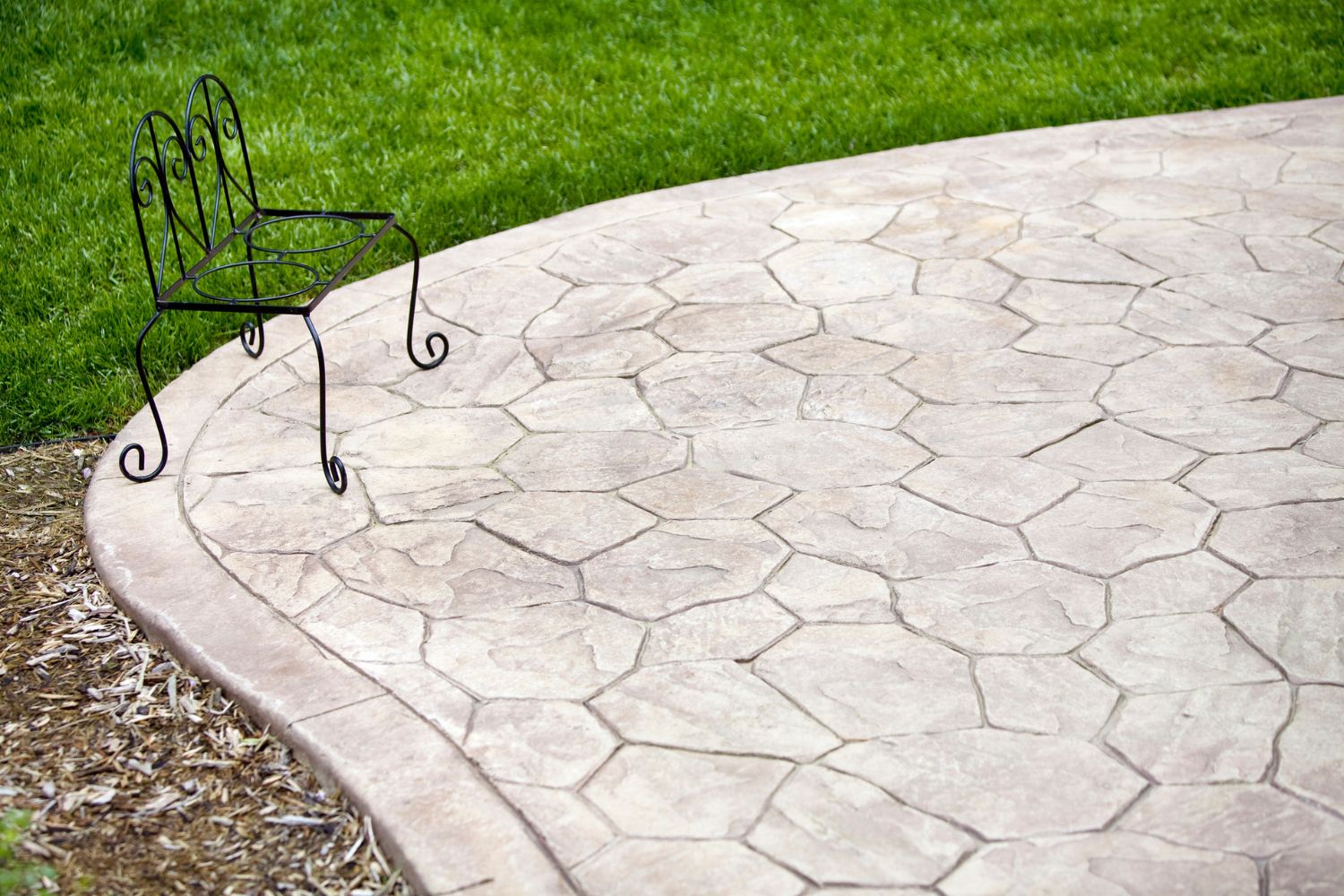
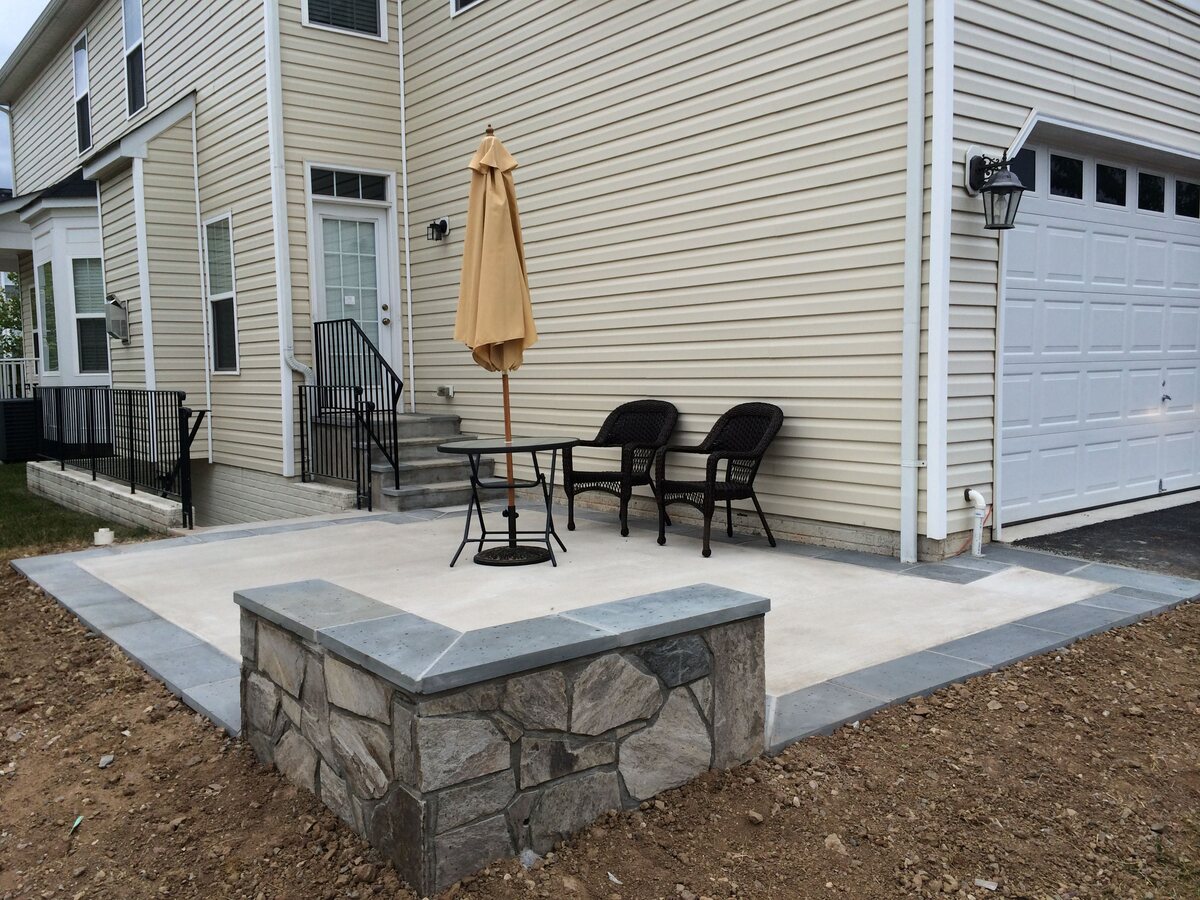

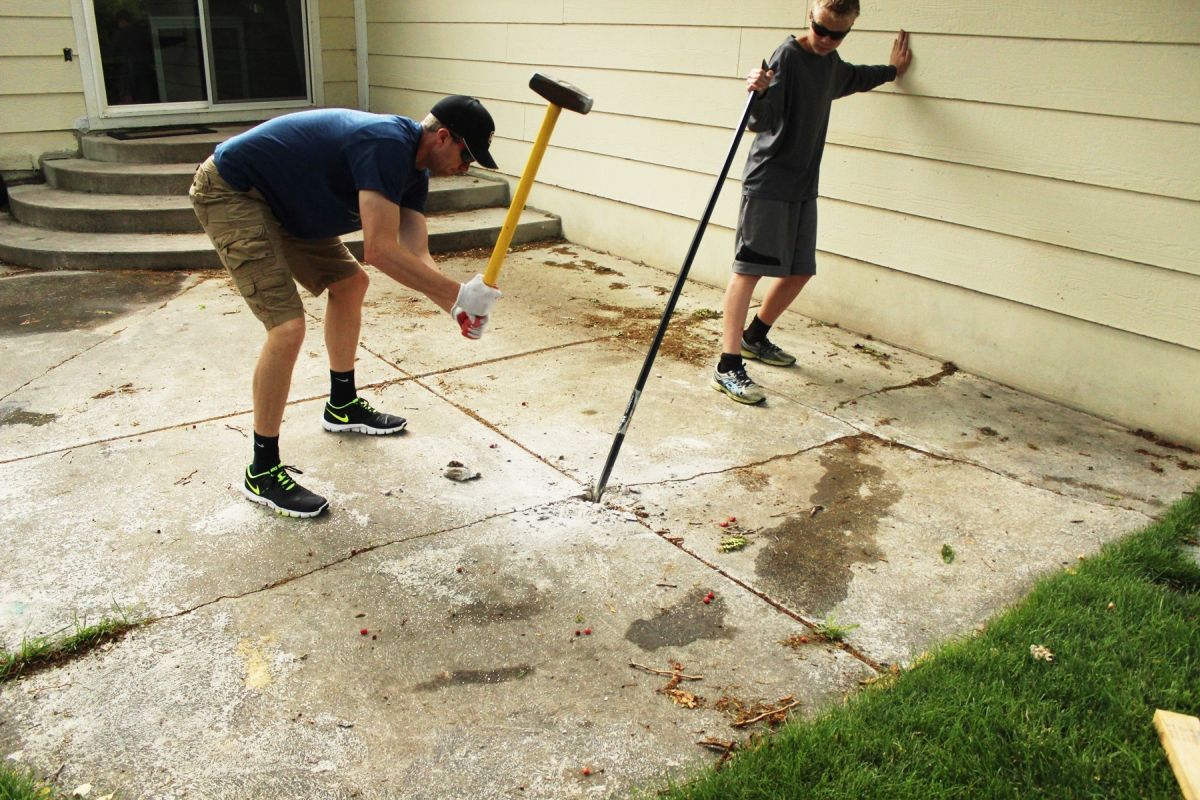
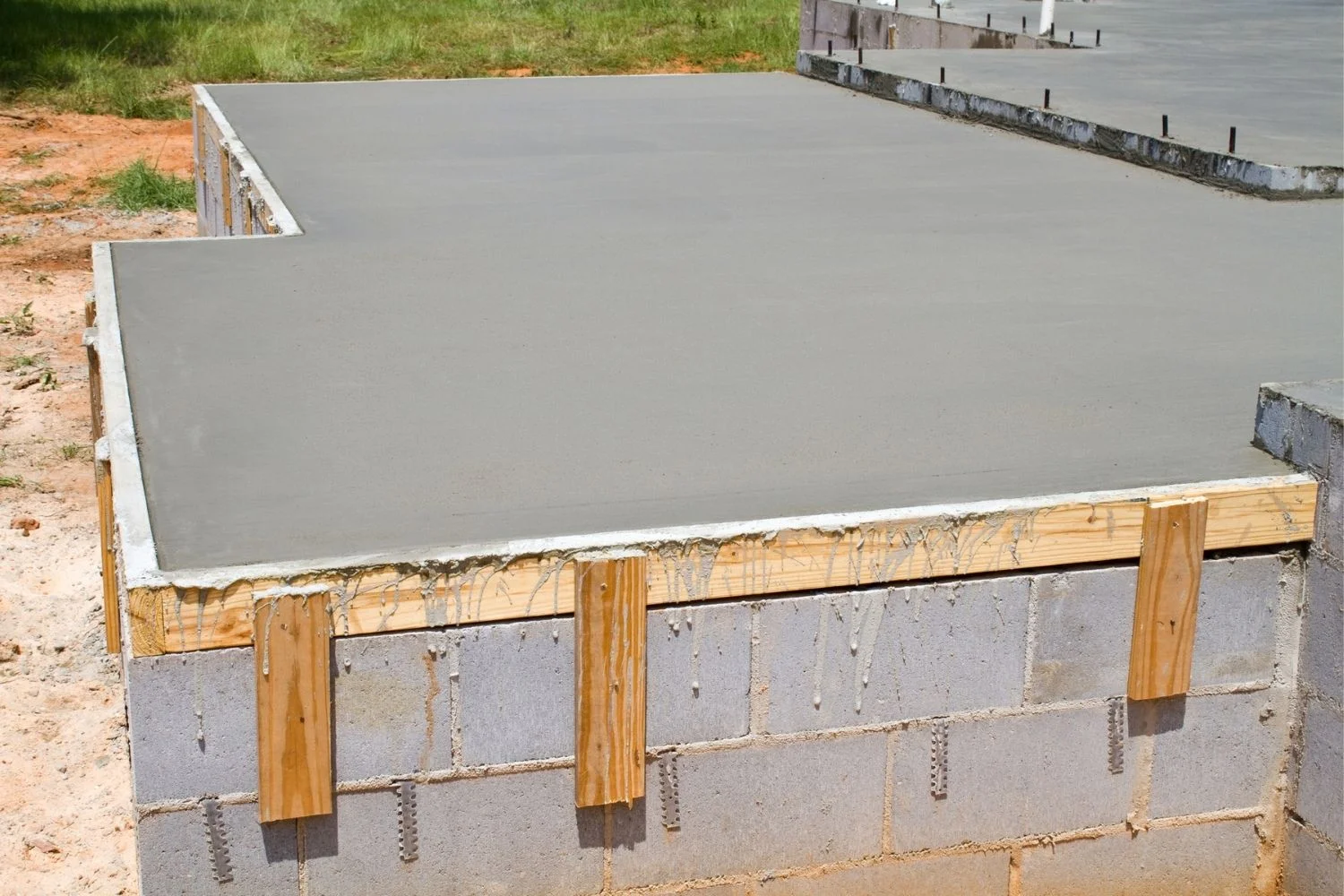

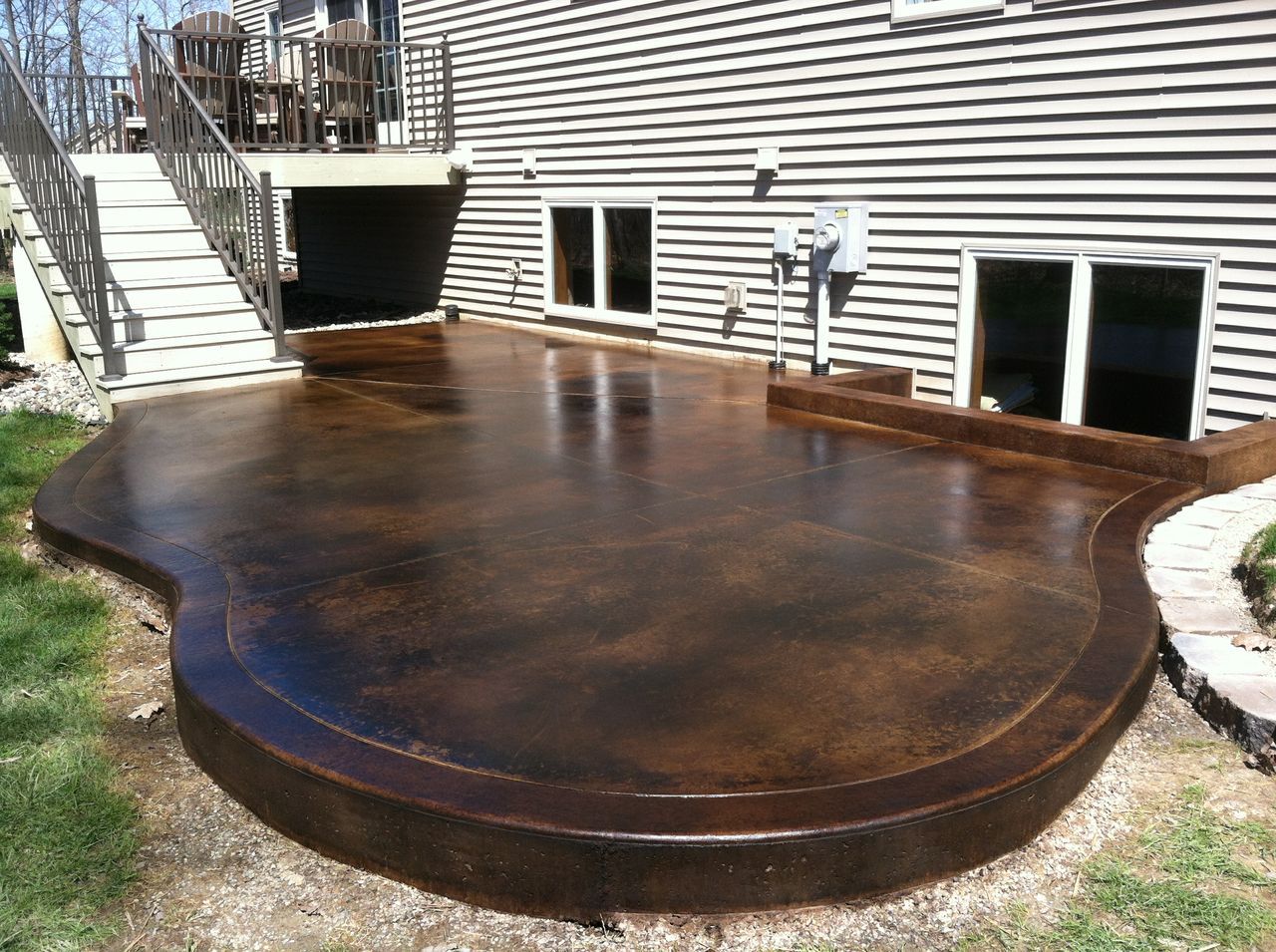
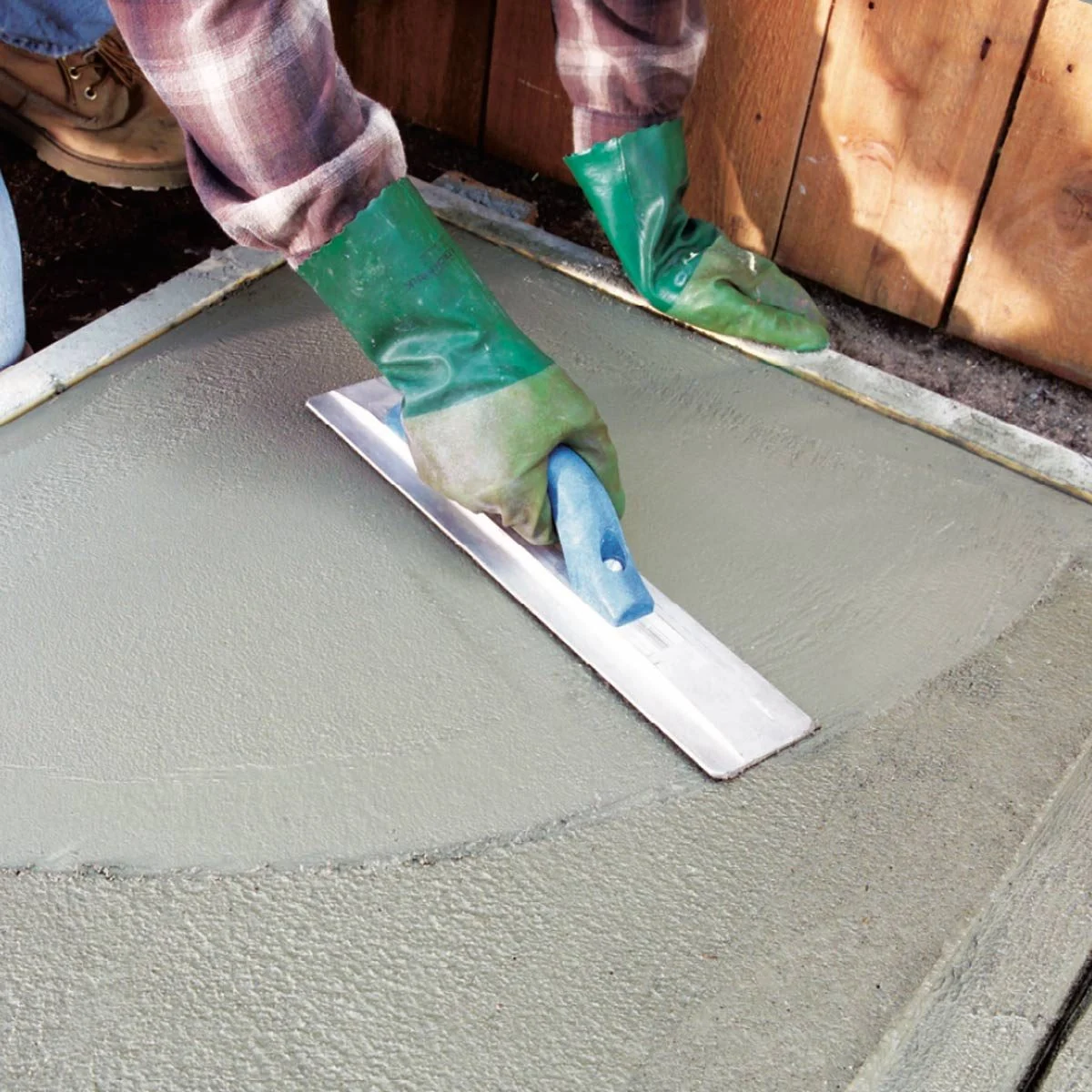
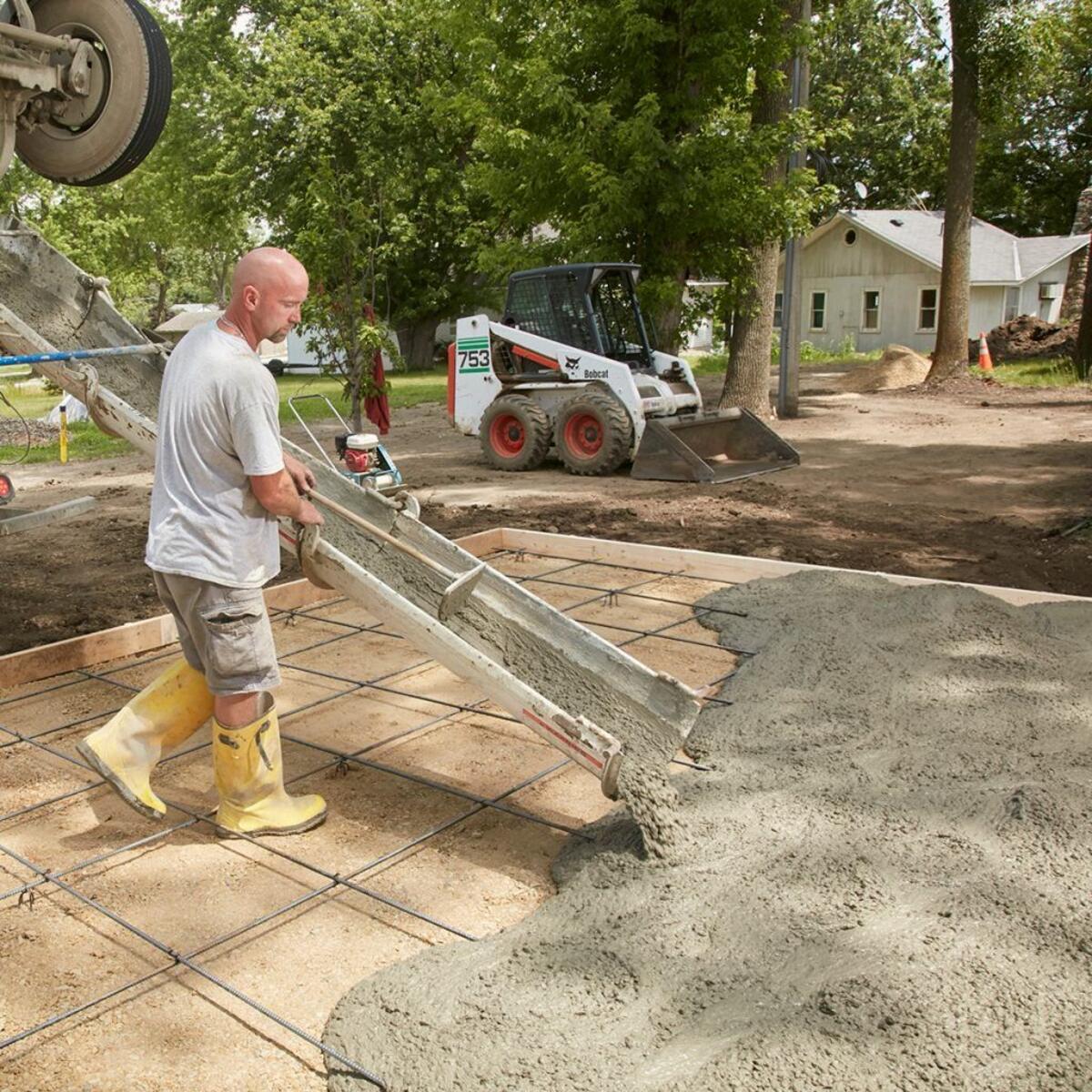
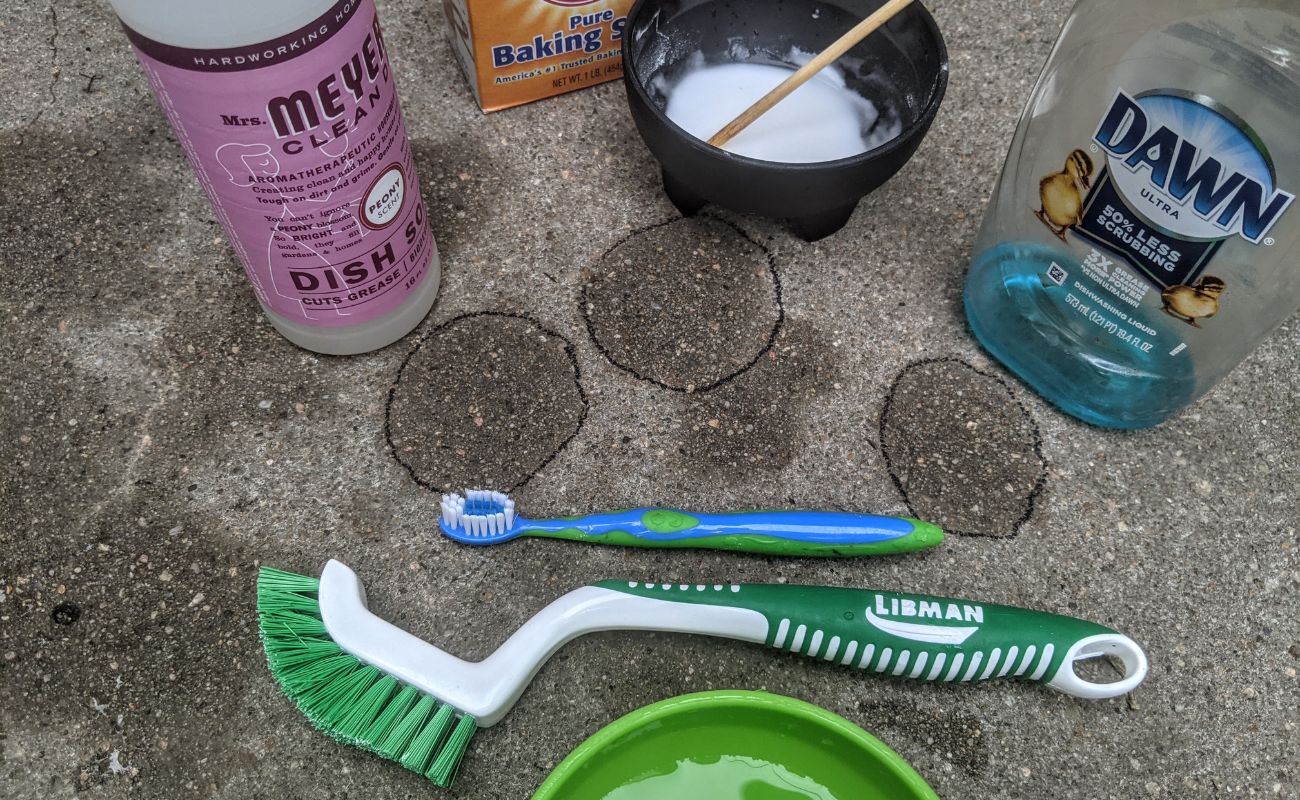
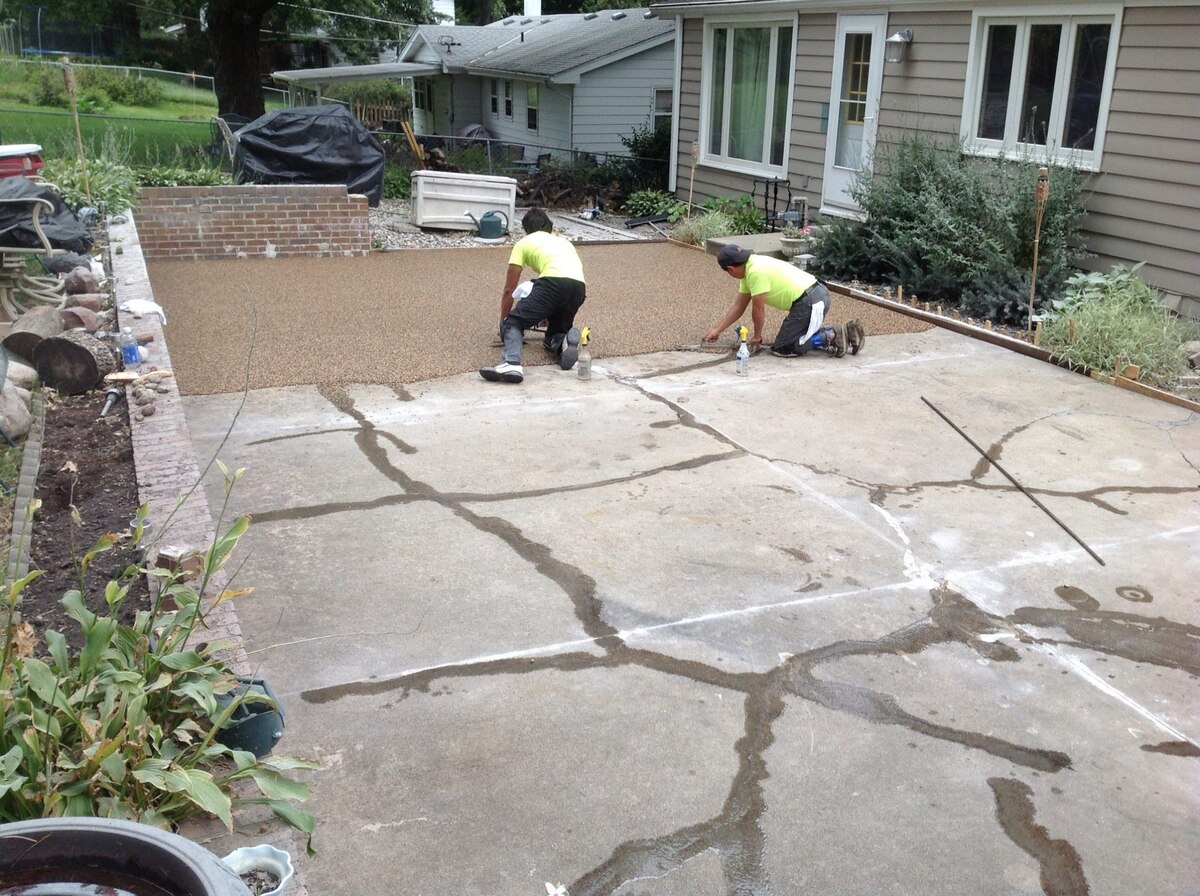

0 thoughts on “How Much For A Stamped Concrete Patio”